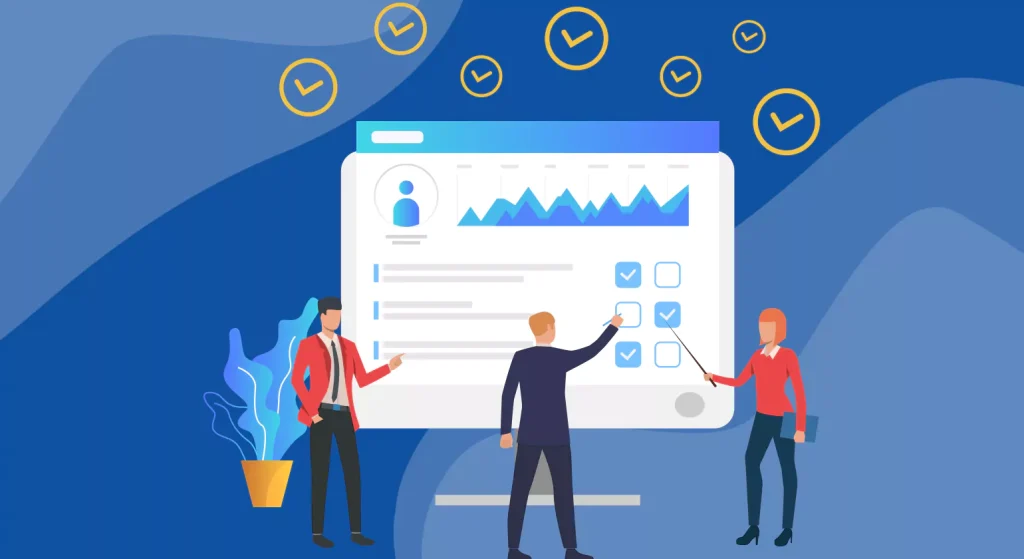The Real Cost of Addiction: How Substance Abuse Impacts American Families

When we talk about the cost of addiction, the conversation often focuses on the person struggling with substance use. But the reality is that addiction sends shockwaves through entire families, communities, and systems in ways that aren’t always visible on the surface.
The financial burden hits families hard and fast. Beyond the direct cost of drugs or alcohol, there’s lost income when someone can’t hold down a job. Medical bills pile up from emergency room visits, hospitalizations, and ongoing health complications. Legal fees drain savings accounts. Many families deplete retirement funds or take on debt trying to help a loved one get treatment or stay afloat during active addiction.
Children in households affected by addiction face obstacles that ripple into their futures. They’re more likely to struggle in school, miss educational opportunities, and develop their own substance use problems later. Some end up in foster care when parents can’t provide stable homes. The cycle perpetuates itself across generations, creating a cascading economic impact that extends far beyond one person’s struggle.
The emotional toll might be even harder to measure but it’s just as real. Spouses live in constant fear and uncertainty. Parents blame themselves and each other. Siblings feel neglected or resentful. Trust breaks down completely. Family gatherings become tense or stop happening altogether. Even after recovery begins, rebuilding those fractured relationships takes years of work.
Communities bear the weight too. Property values drop in neighborhoods hit hard by drug activity. Local businesses suffer when customers struggle financially or when crime increases. Schools need additional resources to support affected students. First responders face burnout from repeated overdose calls. The social fabric frays when addiction becomes widespread.
Healthcare systems absorb enormous costs. Emergency departments treat overdoses and related medical crises. Hospitals manage complications from long-term substance abuse like liver disease, heart problems, and infections. Mental health services stretch thin trying to meet demand. Insurance premiums rise for everyone as these costs get distributed across the system.
Workplace productivity takes a major hit nationwide. Absenteeism increases. Accidents happen more frequently. Employee turnover costs companies money in recruiting and training. Coworkers pick up slack and experience their own stress and resentment. Some estimates put the annual cost to American businesses at over $100 billion.
The criminal justice system spends massive resources on drug-related arrests, court proceedings, and incarceration. Taxpayers fund these expenses while people cycle through jails without getting treatment that could actually address the root problem. It’s an expensive approach that doesn’t reduce addiction rates.
Finding quality treatment can feel overwhelming, but resources like Luxury Rehab provide information about programs designed to break this cycle. Professional help addresses not just the substance use but the family dynamics and life circumstances that both contribute to and result from addiction.
The true cost of addiction isn’t measured in dollars alone. It’s measured in lost potential, broken relationships, and communities struggling to stay whole. But understanding these costs also highlights why investing in comprehensive treatment and support makes sense. When one person gets well, the positive effects spread just as widely as the damage once did.



